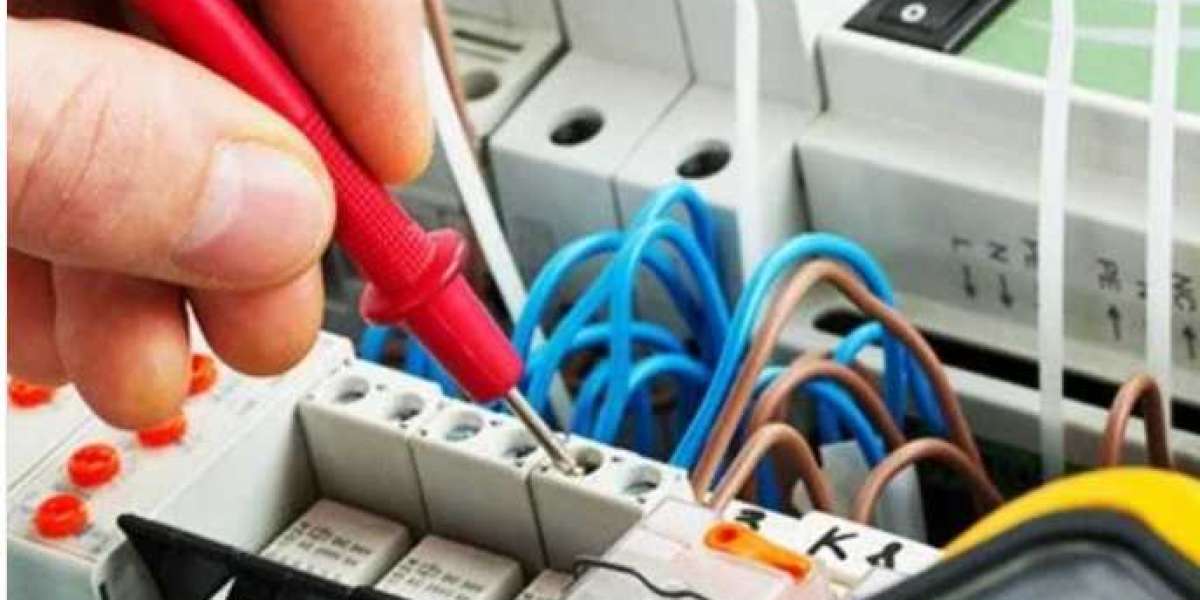Engineering power systems empower us to simplify complex electric power engineering/systems with our expert solution and also enhance the efficiency and reliability of projects.
Electrical power systems form the backbone of modern society, powering industries, businesses, and homes alike. To ensure their optimal performance, it is crucial to conduct thorough analyses and testing. Understanding these areas is vital for maintaining safe, reliable, and efficient power systems.
Power System Harmonic Analysis:
Power system harmonic analysis involves studying the presence and effects of harmonics in electrical power systems. Harmonics are undesirable currents and voltages that deviate from the standard sinusoidal waveform, resulting in various issues such as overheating of equipment, distorted waveforms, and increased losses. By conducting
harmonic analysis, engineers can identify the harmonic sources, evaluate their impact on the system, and devise effective mitigation measures. This analysis plays a crucial role in reducing equipment failures, improving power quality, and ensuring compliance with industry standards.
Arc Flash Analysis:
Arc flash analysis focuses on assessing the potential hazards associated with arc flashes in electrical systems. An arc flash is a dangerous release of energy that occurs due to an electrical fault, resulting in an explosive release of heat, light, and pressure. These events can cause severe injuries, equipment damage, and even fatalities. Conducting an arc flash analysis involves determining the incident energy levels, selecting appropriate personal protective equipment (PPE), and implementing mitigation strategies such as fault current reduction and equipment upgrades. By performing this analysis, organizations can prioritize worker safety, mitigate risks, and comply with regulatory requirements.
Electrical Power Systems Testing:
Electrical power systems testing is a comprehensive evaluation process to ensure the proper functioning and performance of the system. It involves a series of tests that assess various parameters such as insulation resistance, ground resistance, relay coordination, transformer testing, and circuit breaker testing. Through these tests, engineers can identify faults, weaknesses, and areas for improvement within the system. Regular testing helps detect potential issues before they lead to equipment failure or system downtime, ensuring the reliability and longevity of the power system.
The Importance of Comprehensive Analysis and Testing:
Harmonic analysis, arc flash analysis, and electrical power systems testing are critical components of
power systems maintenance and safety. By conducting these analyses and tests, organizations can achieve the following benefits:
Improved Power Quality: Harmonic analysis helps identify and mitigate harmonics, ensuring a stable and high-quality power supply.
Enhanced Safety: Arc flash analysis allows for the identification of potential hazards, leading to the implementation of appropriate safety measures and protection equipment.
Increased Reliability: Regular testing helps identify system weaknesses, allowing for proactive maintenance and reducing the risk of unexpected failures and downtime.
Regulatory Compliance: Comprehensive analysis and testing enable organizations to meet regulatory requirements and industry standards, ensuring legal compliance and minimizing liability.
Conclusion:
Power system harmonic analysis, arc flash analysis, and electrical power systems testing are essential for maintaining safe, reliable, and efficient electrical power systems. By conducting these analyses and tests, organizations can enhance power quality, prioritize worker safety, increase system reliability, and comply with regulatory standards. Embracing these practices is crucial for organizations seeking to optimize their power systems and ensure the smooth functioning of their operations.
 Üsküdar petek temizligi
Üsküdar petek temizligi
The Very Best Postpartum Shapewear for Comfortable and Effective Support and Gentle Compression
 Квартиры на сутки Минск, снять квартиру в Минске на сутки
By worksale
Квартиры на сутки Минск, снять квартиру в Минске на сутки
By worksale Super8et Situs Judi Slot Online Terbesar
Super8et Situs Judi Slot Online Terbesar
 Pro Bhagavad Gita 700 Slokas Mp3 64bit Crack Key Free Pc __HOT__
By hidistligamb
Pro Bhagavad Gita 700 Slokas Mp3 64bit Crack Key Free Pc __HOT__
By hidistligamb
